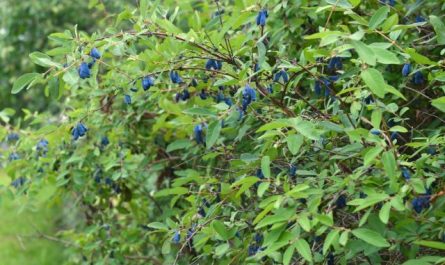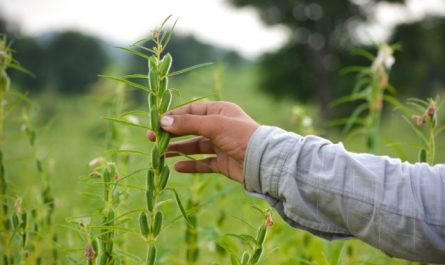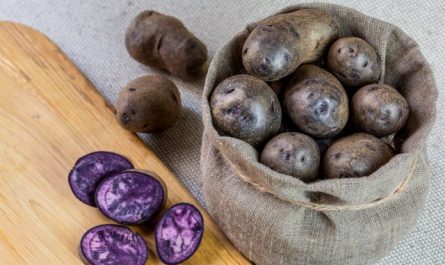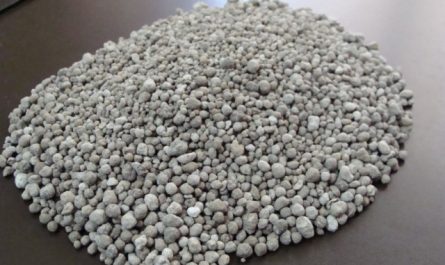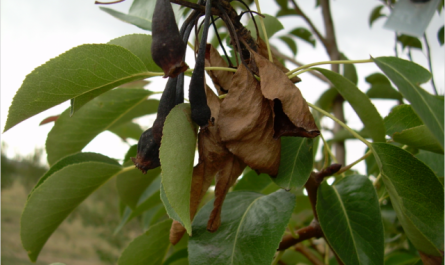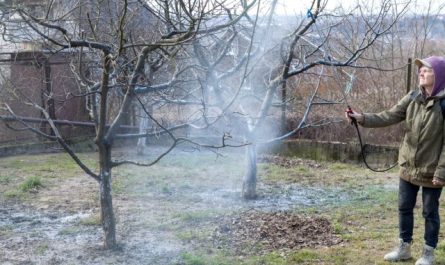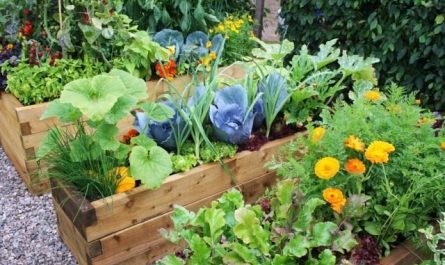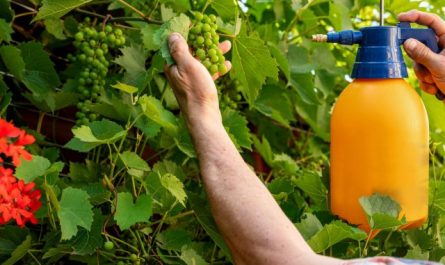Sooner or later, every owner of a garden plot faces the question of improving the quality of the soil. Either at the very beginning, when developing the plot, when problems are immediately visible. Or after some time, because some crops grow well on the plot, but others wither, get sick or refuse to grow at all. Or because the yield of those crops that used to bear fruit without problems decreases. What do people usually do in such cases? They buy a truckload of humus, peat, black soil or manure, or go to the store for mineral fertilizers. But these methods are not always effective. Why? Let’s try to figure it out.

Main types of soils
The easiest way to determine the approximate composition of the soil on your site is to dissolve a small amount of it in a glass of water and stir. After a while, the composition will be visible: sand at the bottom, followed by clay and organic components that will float to the surface or remain as a suspension.
The organic component is easily determined by calcination. Weighing the mass of soil before and after it. Acidity is determined using litmus paper.
Of course, the lab will give you the most accurate parameters. But I would only do the analysis if you plan to use the land for commercial agricultural production or if you suspect it is contaminated with herbicides, pesticides or heavy metal salts.
For soil fertility, its thermal conductivity, acidity and water permeability are of great importance, as well as the presence of microelements, mycorrhiza, soil bacteria and living organisms involved in the processing of plant residues into soil components.
Р “Р” РёРЅРОстР° СЏ РїРѕС ‡ РІР °
Clay soil, consisting mainly of clay, has a large-block structure and a slightly acidic reaction and is characterized by high density, low air and water permeability, heat capacity and low humus content.
Can be improved by adding sand, ash, lime, peat and organic matter.
Clay soil is best suitable for growing trees and shrubs with a well-developed root system.
Loam
Loam contains significant parts of clay and sand, most often found in the Moscow region. It is a structured, loose-lumpy, medium-density, thermal conductivity, water and air permeability soil. PH – from acidic to neutral, with varying humus content – from medium to high.
Can be improved only by maintaining the structure with the addition of organic matter (manure, humus) and deoxidation at high acidity.
Suitable for most plants.
Sandy loam
Sandy loam consists of sand and smaller fractions with the addition of 3-10% percent of clay. This is a light, structured soil, it is saved by a fairly high humus content. Because of this, its air and water permeability, thermal conductivity, and acidity are average.
Can be improved adding organic matter and sowing green manure.
Suitable for most plants.
Sandy soil
Sandy – very light, poor, water-air permeable soil, quickly warming up and drying out. Acidity – neutral.
Can be improved by adding peat, humus, clay, and sowing green manure.
They grow well onions, carrots, currants, strawberries.
Peat soil
Peat soil is a loose, acidic, cold soil that retains water well and has an average nutrient content. But many of them are in a “bound” state, so peat soil requires mandatory cultivation. In addition, due to its looseness and hygroscopicity, it freezes strongly in winter.
Peat soil in lowlands is formed due to groundwater, and raised bogs are formed on a flat surface with poor water drainage. Therefore, lowland and raised peat differ in composition. Lowland peat has a lower acidity, and raised peat has a high acidity.
Can be improved drainage (mandatory), sand application, liming, rotted manure and humus to stimulate the development of soil microorganisms. With their help, peat turns into humus in a fairly short time. It is advisable to add a copper-containing preparation.
Suitable for potatoes, strawberries, rhododendrons, conifers, hydrangea, sorrel, violets, heather.
Calcareous soil
Calcareous soil is characterized by the presence of rocky inclusions, which is why it is not light. It is poor, does not allow air to pass through well, but is well drained and heats up quickly. Due to low moisture retention, nutrients are quickly washed out. The reaction is alkaline. Plants on such soil suffer from chlorosis, because low acidity prevents iron absorption. When dried, it forms a hard crust on the surface.
Can be improved by adding organic matter, peat, acidifying with ammonium sulfate or urea, and sowing green manure.
They grow well fruit trees and shrubs: elderberry, barberry, currant, lilac, sea buckthorn and hawthorn, as well as maples, poplars, elms and ash trees, clematis, lilies, periwinkle, gypsophila and lavender.
Black Earth
Chernozem is a structured, medium-density, water- and air-permeable soil that retains moisture well. The reaction is slightly alkaline, neutral or slightly acidic. Contains a large amount of humus.
Can be improved in case of depletion by sowing green manure and adding organic matter.
Almost everything grows, with the exception of plants that require highly acidic soil, such as lingonberries, cranberries, and blueberries.



Universal methods for improving and increasing the fertility of any type of soil
Adding organic matter
Manure, compost, peat, sapropel, straw, food waste increase the fertility of all types of soil by improving their structure and stimulating the development of microorganisms. They also contain nitrogen, phosphorus, potassium, calcium and other elements for plant nutrition.
Adding manure compost significantly reduces plant diseases such as fusarium, because it contains natural antibiotics.
Reducing the use of mineral fertilizers
They, at first glance, increase soil fertility, but at the same time inhibit the action of soil microorganisms, fungi and worms, which contribute to the decomposition of soil into components easily digestible by plants and the formation of humus.
Crop rotation
Long-term cultivation of the same plants in one place or plants of the same family contributes to the accumulation of toxins, pests and the development of diseases of these plants in the soil. Some plants secrete substances that prevent the development of other plants. This property is called allellopathia.
To reduce the consequences of growing plants in one place, crop rotation is used. For example, garden strawberries, phloxes and columbines can grow in one place for no more than 4 years, and annual crops need to be moved every year, returning to the previous place no earlier than after 3-4 years. And when growing cucumbers, beets, carrots, parsley, this period should even be increased.
Loosening and mulching
Loosening and subsequent mulching of plantings increases fertility due to better air exchange and destruction of soil capillaries, through which moisture evaporates more intensively. In addition, loosening improves the structure of the soil, and mulching with organic materials stimulates soil microorganisms and is liked by worms.

Sowing green manure
Green manure is a green fertilizer that is sown for subsequent incorporation into the soil to improve its structure and enrich it with nitrogen. Sometimes it is mistakenly believed that the task of green manure is to suppress weeds. This is not true.
Their task is to convert and accumulate soil substances into an easily digestible form and to loosen the soil. In addition, some green manures contribute to soil deoxidation.
steam
Our ancestors knew that the land also gets tired, so every 7th year they kept the land “fallow”, that is, they let it rest. At the same time, they carried out all agricultural activities: plowing and adding organic fertilizers.
Steam can be pure or seeded.
Application of microbiological fertilizers
These are preparations that promote the growth of soil microorganisms, mycorrhiza and the maturation of compost or the rapid decomposition of mulch.
Fertilizers can be: EM preparations of industrial production or made independently (the so-called “green fertilizers”).
Dear readers! If the soil on your plot does not meet your expectations, try to follow our advice and improve its structure and nutritional value. Believe me, you will get a noticeable result already in the first season.
